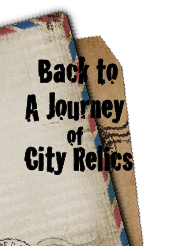
Having saluted all the revolutionary stars, we will end our trip at the Triangular Pier in Sheung Wan. Here Mr. Sun will think back to all the “nameless heroes”.
Succeeding the three uprisings launched by the Revive China Society, Tongmenghui had plotted several more in Hong Kong, including the 1907 uprisings in Teochew, Huang Gang and Qinuhu of Huizhou. The southern division, moreover, organized the Guangzhou New Army Uprising in 1910, and the management division started off the Huanghuagang Uprising in 1911. On top of all these the revolutionaries founded the “China Assassination Corps” at Bonham Street, targeting after Qing officials in Guangdong.Members like Huang Xing also established a number of secret footholds in Sheung Wan, Central and Wan Chai — there were, for example, the management divisions at Canal Road (aka Ngo Keng Kiu, in Wan Chai) and Wong Nai Chung Road (in Happy Valley, Wan Chai), the operation division at Lyndhurst Terrace (in Central), which served as a sheltering and bomb-making site, and the aforesaid Kam Lei Yun armoury. Lodging houses, too, were set up in different parts of the city to shelter the many comrade-in-arms of Tongmenghui.